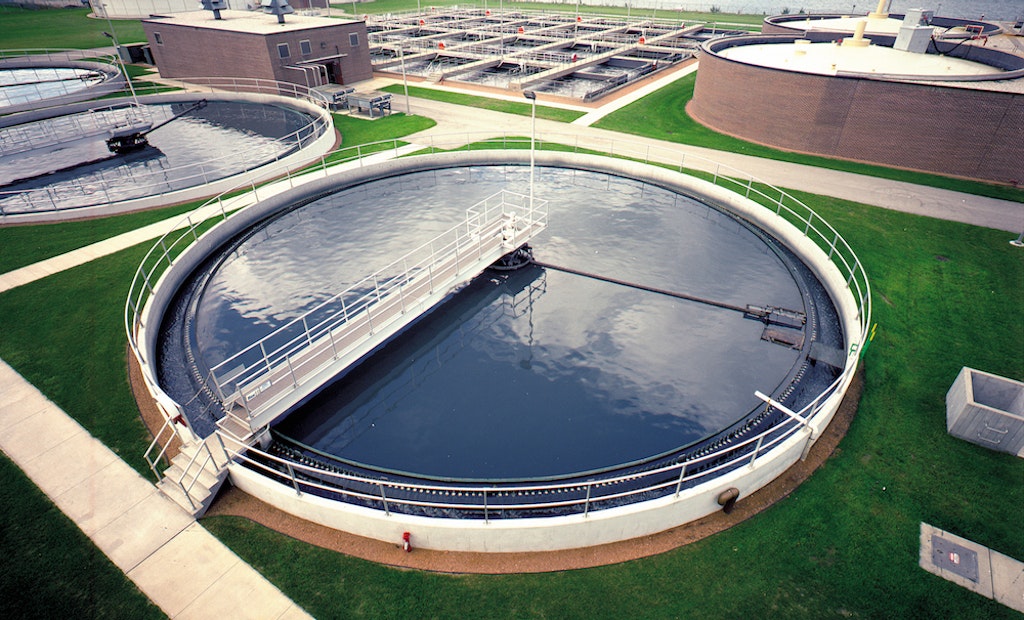Wastewater can destroy the environment if it is disposed of as domestic, municipal, or commercial waste, which needs to be treated in sewage treatment plants. The process of wastewater treatment is to remove contaminants from the wastes, both residential and industrial wastes, solid and liquid wastes will be secured for disposal or targeted for reuse.
There are actually various wastewater treatment processes that are classified into three groups: physical, chemical, and biological processes. To get more information about wastewater treatment, you can visit https://byjas.com.au/wastewater-equipment-manufacturers/.

Image Source: Google
The total amount of contaminated wastewater and the contaminants discovered will indicate which process is to be used. Physical treatment of wastewater includes sedimentation, aeration, and filtration. Sedimentation is the elimination of contaminants after settling on a sedimentary basis.
Once the heavy concrete is at the bottom, the release and clearing of liquid wastes are simplified. Sedimentation is one of the most preferred methods often used in the beginning and end of water treatment processes. The aeration process is the physical addition of air to wastewater from which oxygen is supplied to the contaminated water.
Chemical treatment of wastewater uses chemicals to flush out the existence of contaminants. The most commonly used chemical treatment is considered chlorination. Chlorine, which is actually a strong oxidizing chemical, dissipates bacteria which leads to water decomposition.
In the industrial treatment of wastewater, neutralization is a chemical process. This includes water levels other than pH or acid so that the pH level can be adjusted to its neutral state.
